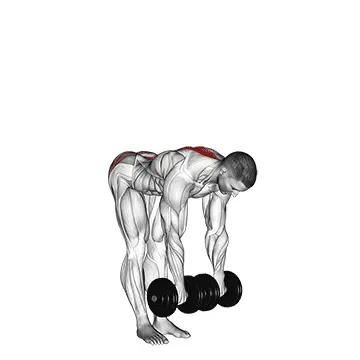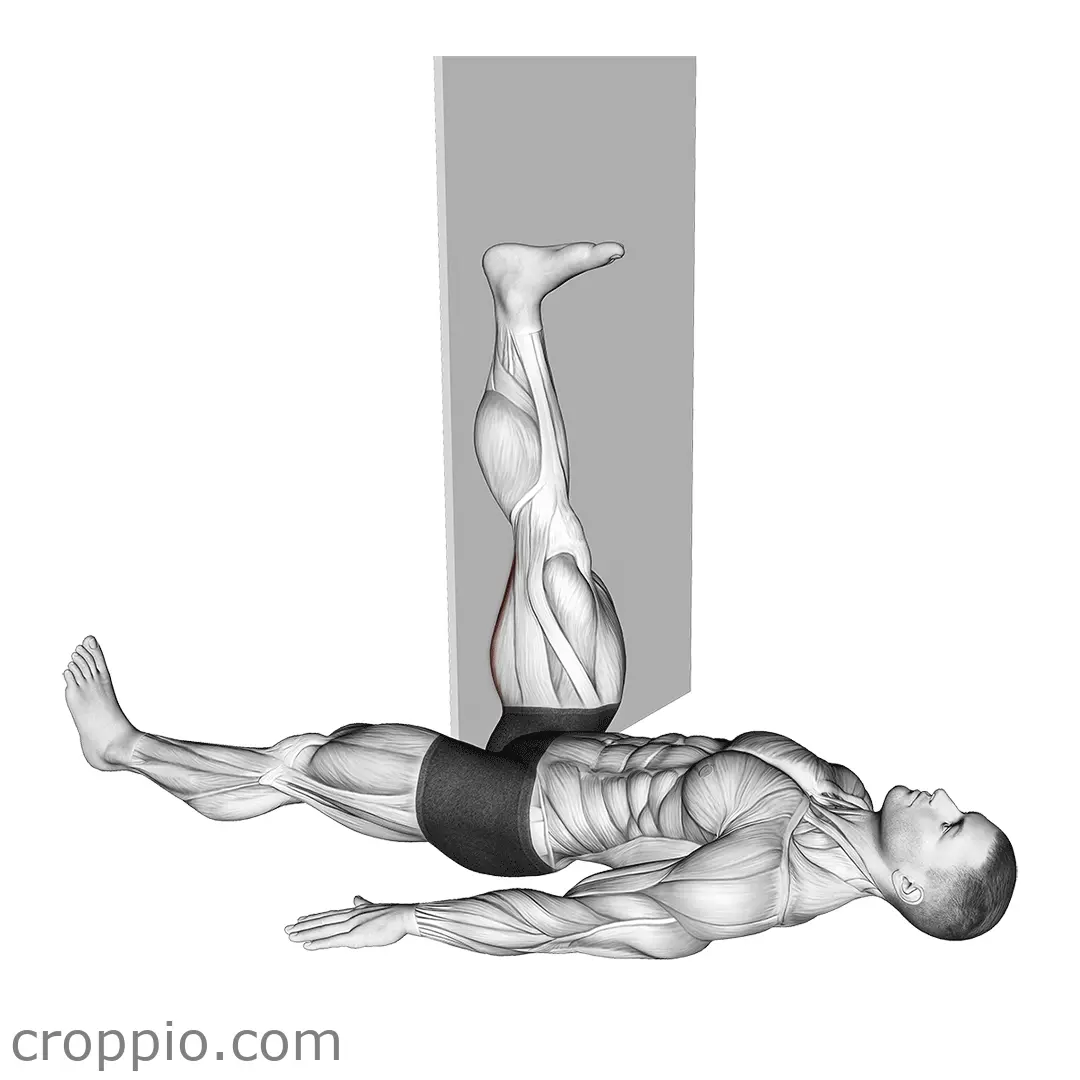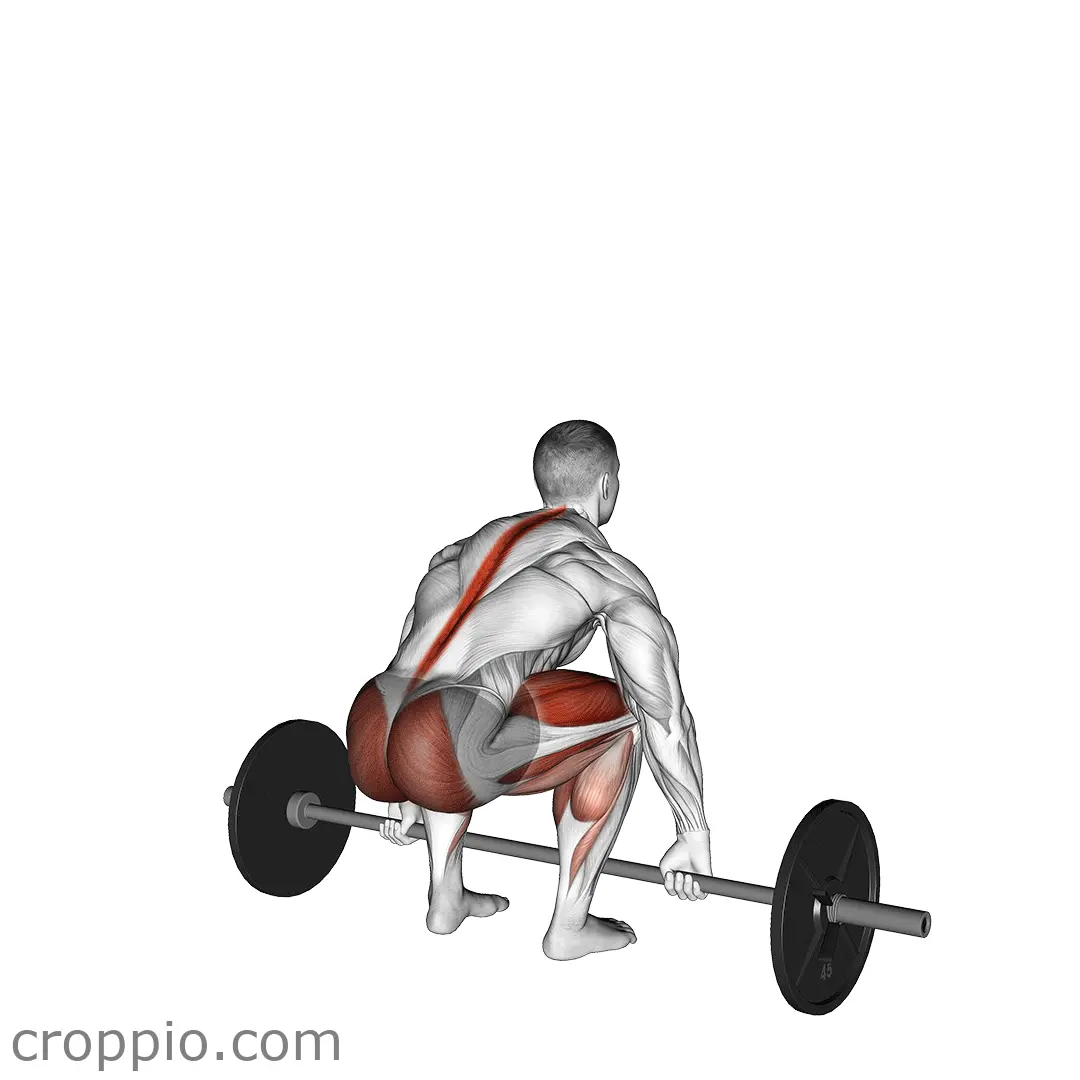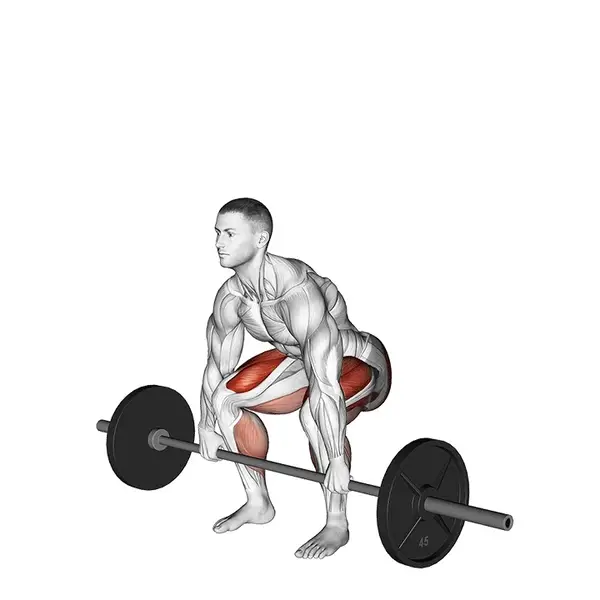Kettlebell Single Leg Deadlift
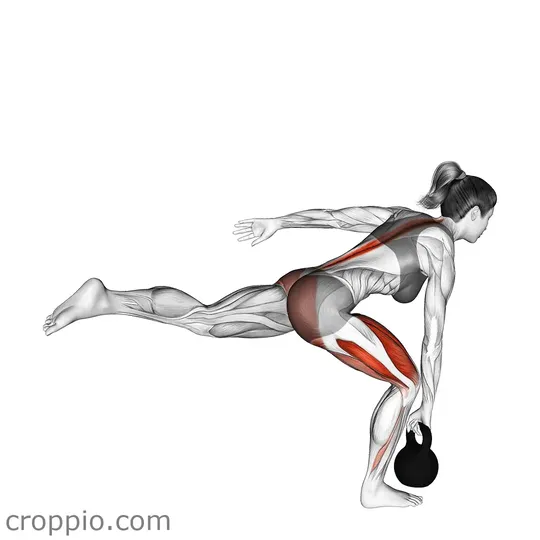
Muscles Involved
The kettlebell single leg deadlift predominantly targets the posterior chain, focusing on the hamstrings, glutes, and lower back. As you hinge at the hips, the hamstrings dynamically engage to stabilize the body, while the glutes contract to assist in propulsion during the upward phase. Additional muscles involved include the calves and the core, which play a vital role in maintaining balance and stabilizing the spine throughout the movement. This exercise promotes functional strength and is beneficial for improving overall athletic performance.
Top Mistakes
- Failing to maintain a straight back: Rounding the back can lead to strain and injury.
- Not keeping the hips level: Uneven hips can disrupt balance and reduce the effectiveness of the exercise.
- Excessively bending the standing leg: Allowing too much flexion can place unnecessary stress on the knee.
- Using too heavy of a kettlebell: Choosing a weight that is too challenging can compromise form and lead to injury.
Execution Tips
- Start by standing on one leg, with the other leg slightly behind you and the kettlebell held in the opposite hand.
- Engage your core and keep your spine neutral while hinging at the hips. Focus on sending your hips back rather than bending at the waist.
- Lower the kettlebell toward the floor while keeping it close to your standing leg. Maintain a slight bend in the standing knee for optimal balance.
- Once you reach the lowest point where your body is stable, push through your heel to return to the starting position, activating your glutes and hamstrings.
- To enhance balance, fix your gaze on a point in front of you as you perform the exercise.
Workouts
The kettlebell single leg deadlift can be integrated into lower body workouts or full-body routines. A general approach is to perform 3 sets of 8-12 reps on each leg, ensuring proper form throughout. Pair this exercise with complementary movements such as kettlebell swings, lunges, or squats to enhance muscle activation and prevent workout monotony. Additionally, incorporating stability challenges, like performing the deadlift on an unstable surface, can further engage your core and improve overall balance.
Conclusion
The kettlebell single leg deadlift is a powerful exercise for developing strength, balance, and coordination. By engaging multiple muscle groups, this movement not only enhances lower body strength but also contributes to overall functional fitness, making it an excellent addition to any workout regimen. Regular practice can lead to improved athletic performance, better posture, and reduced risk of injury.
